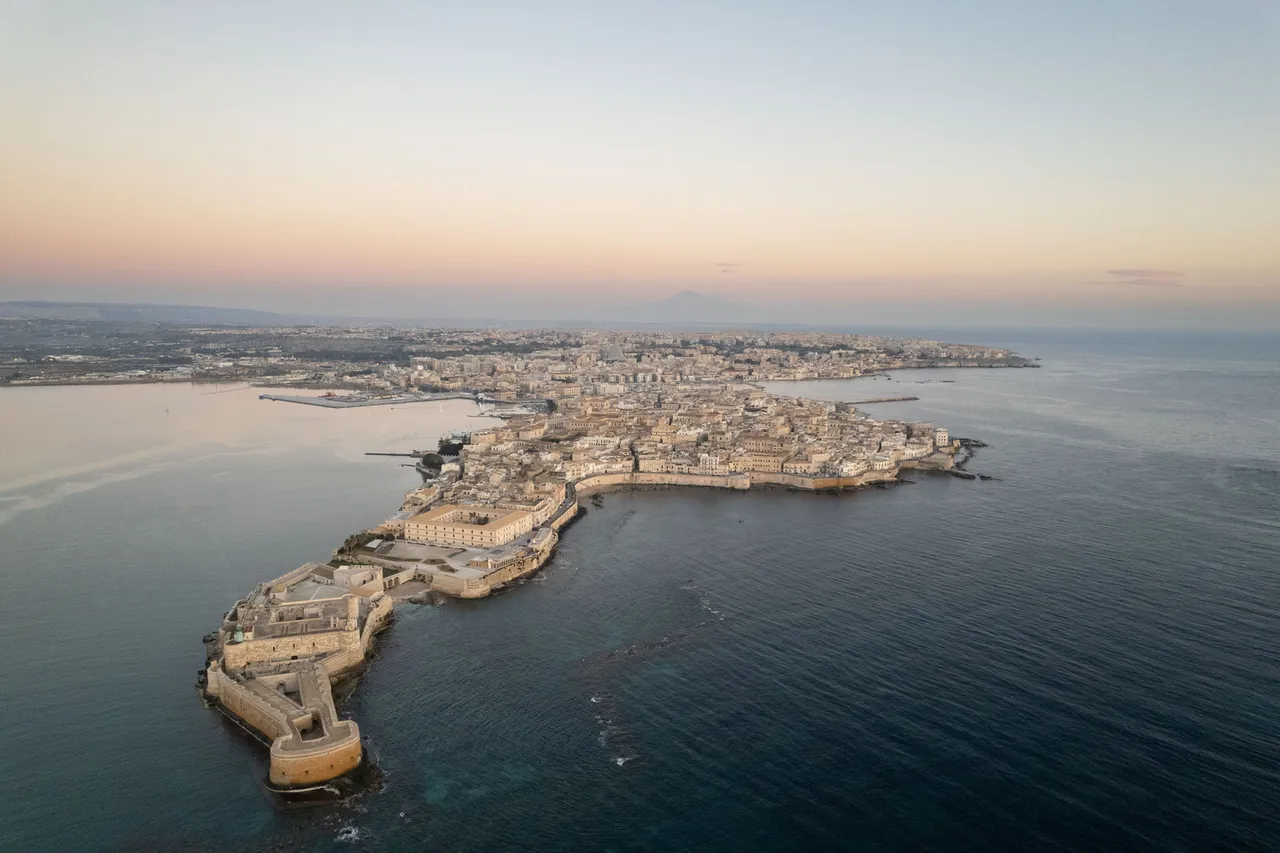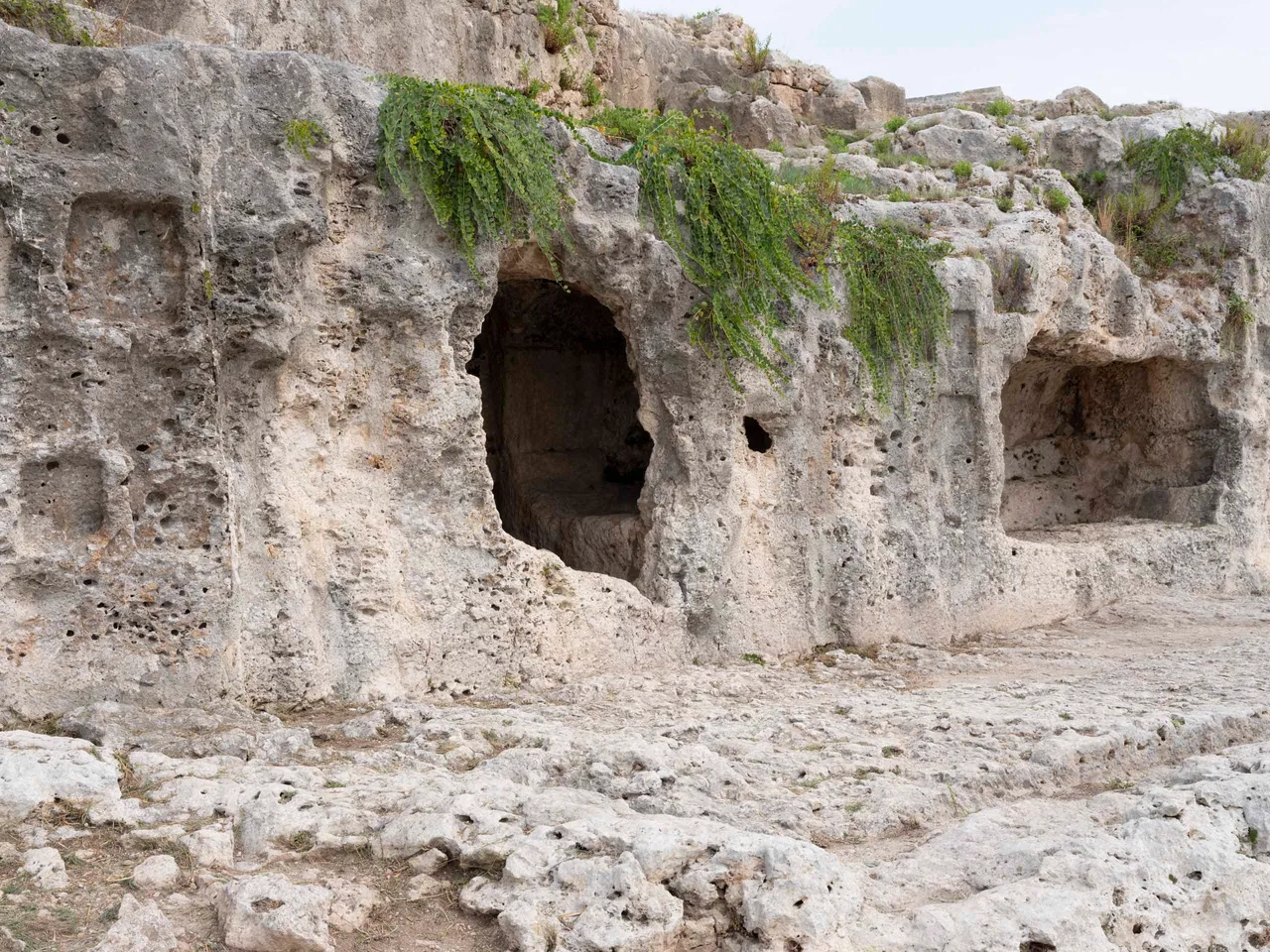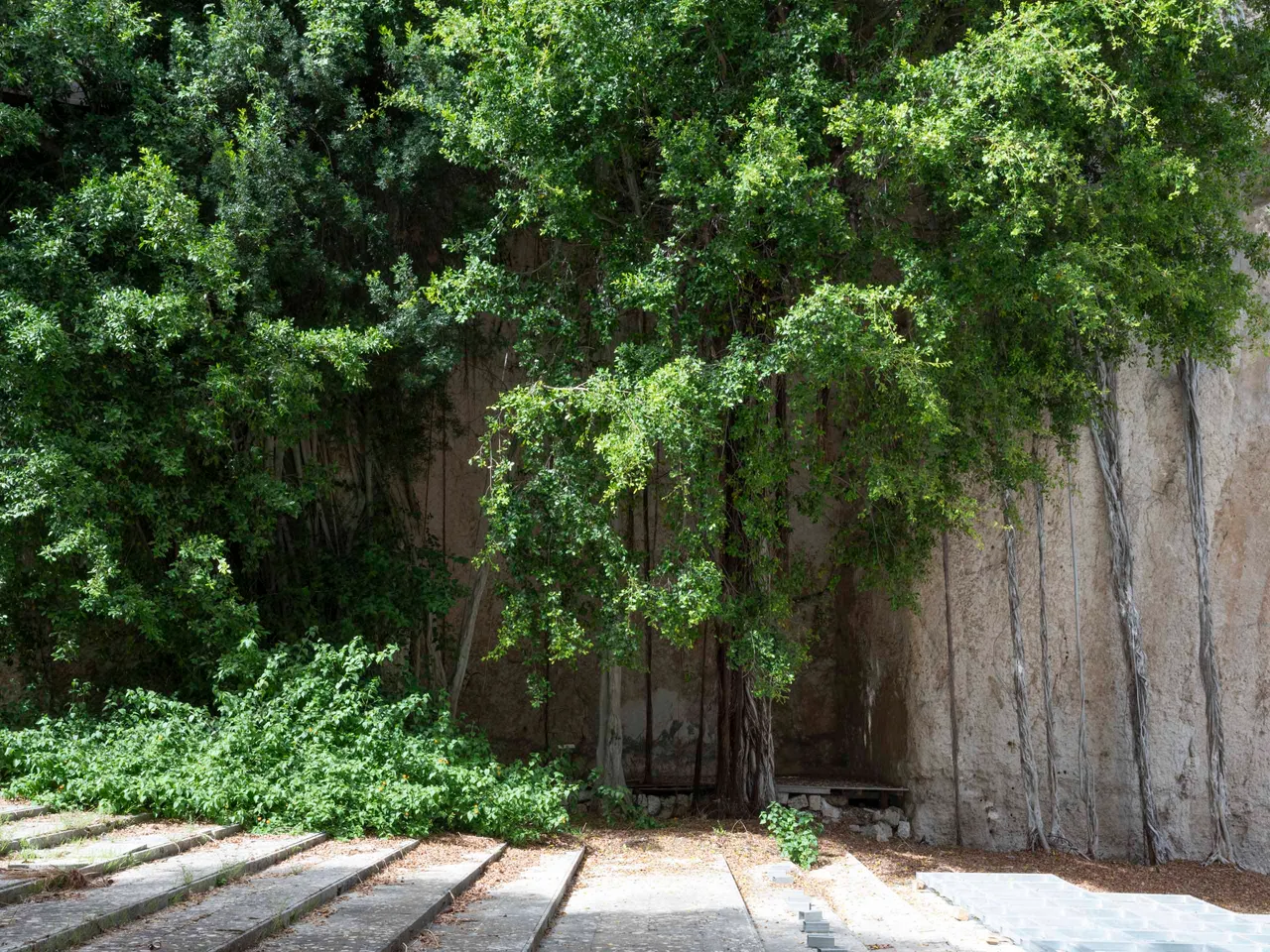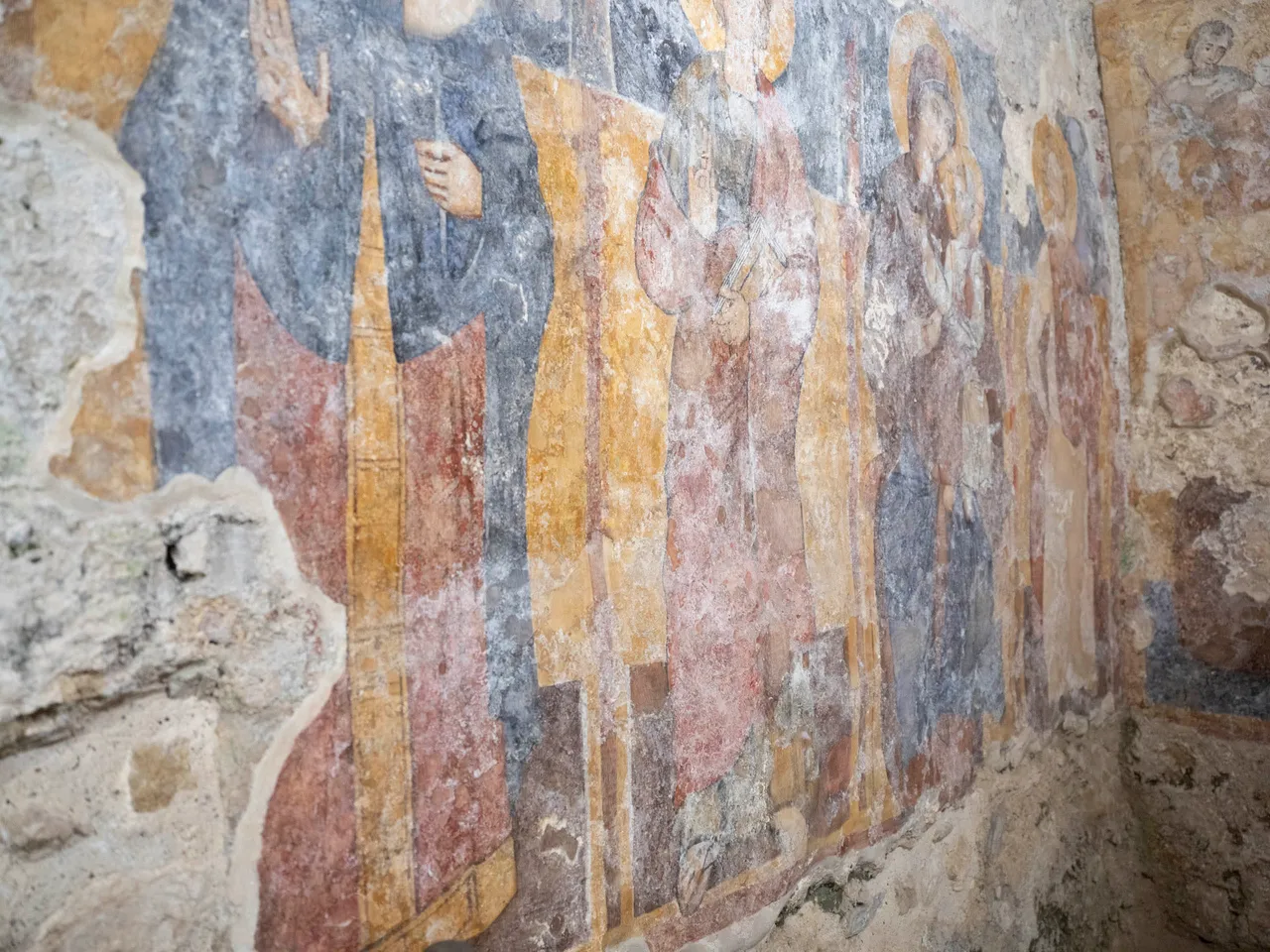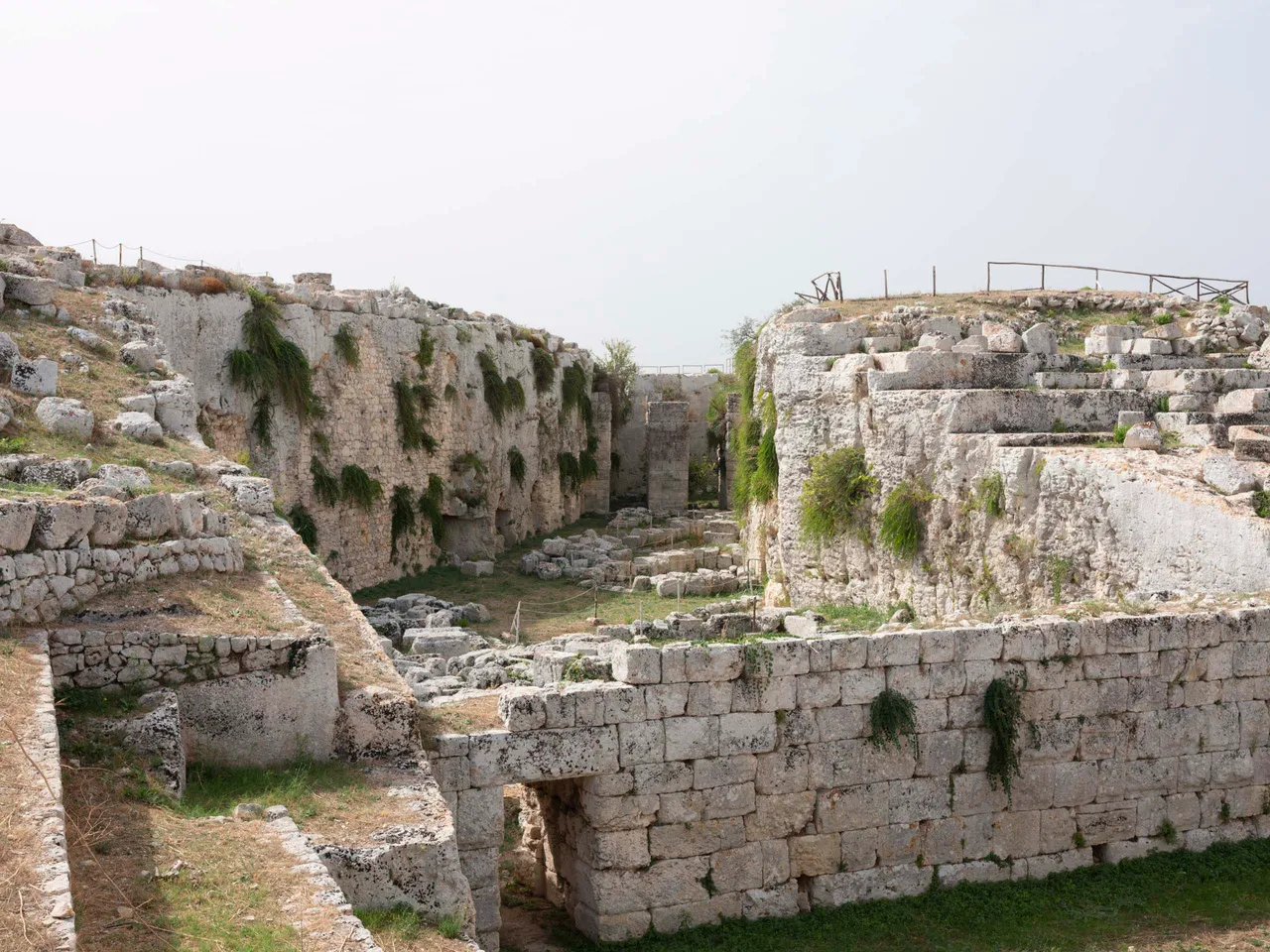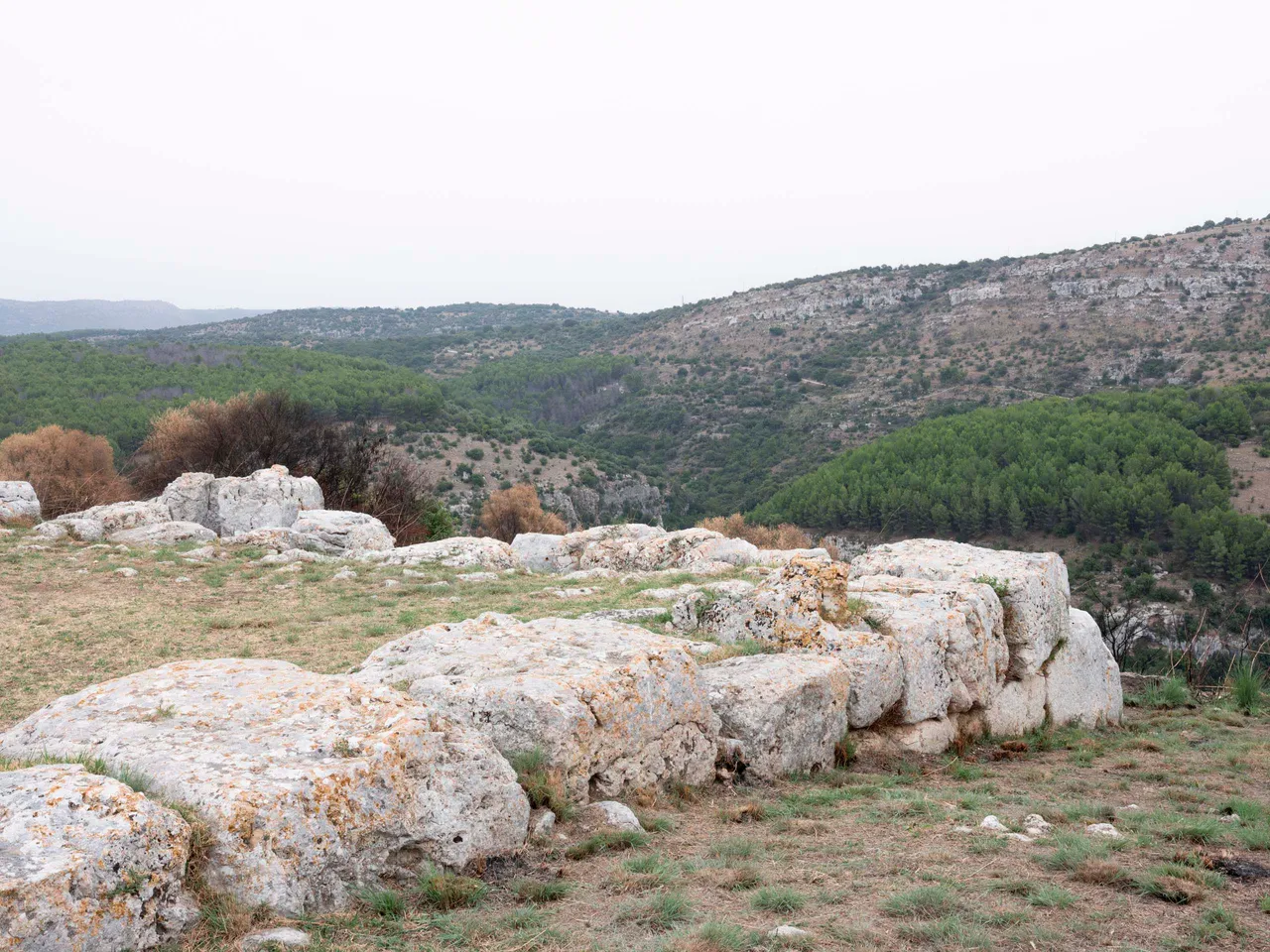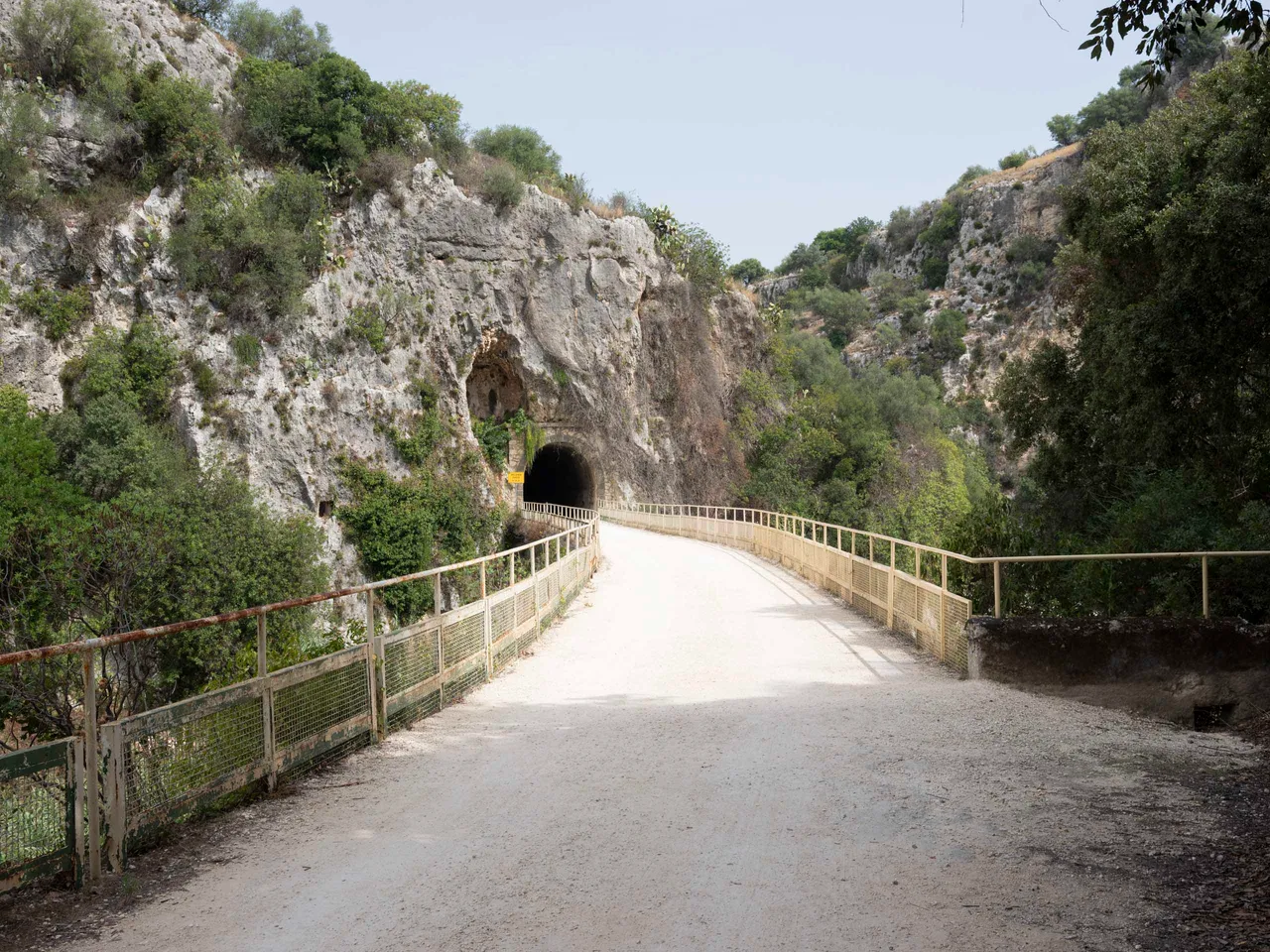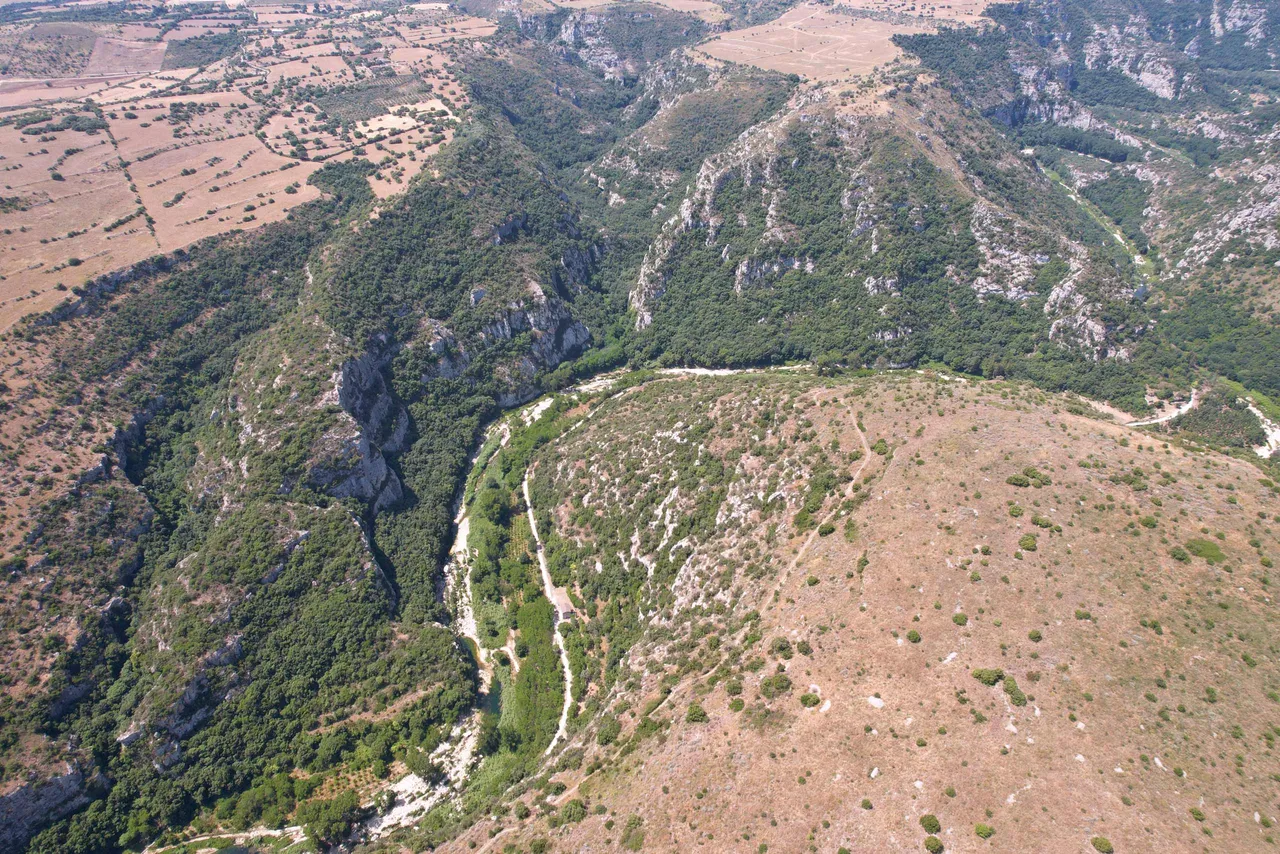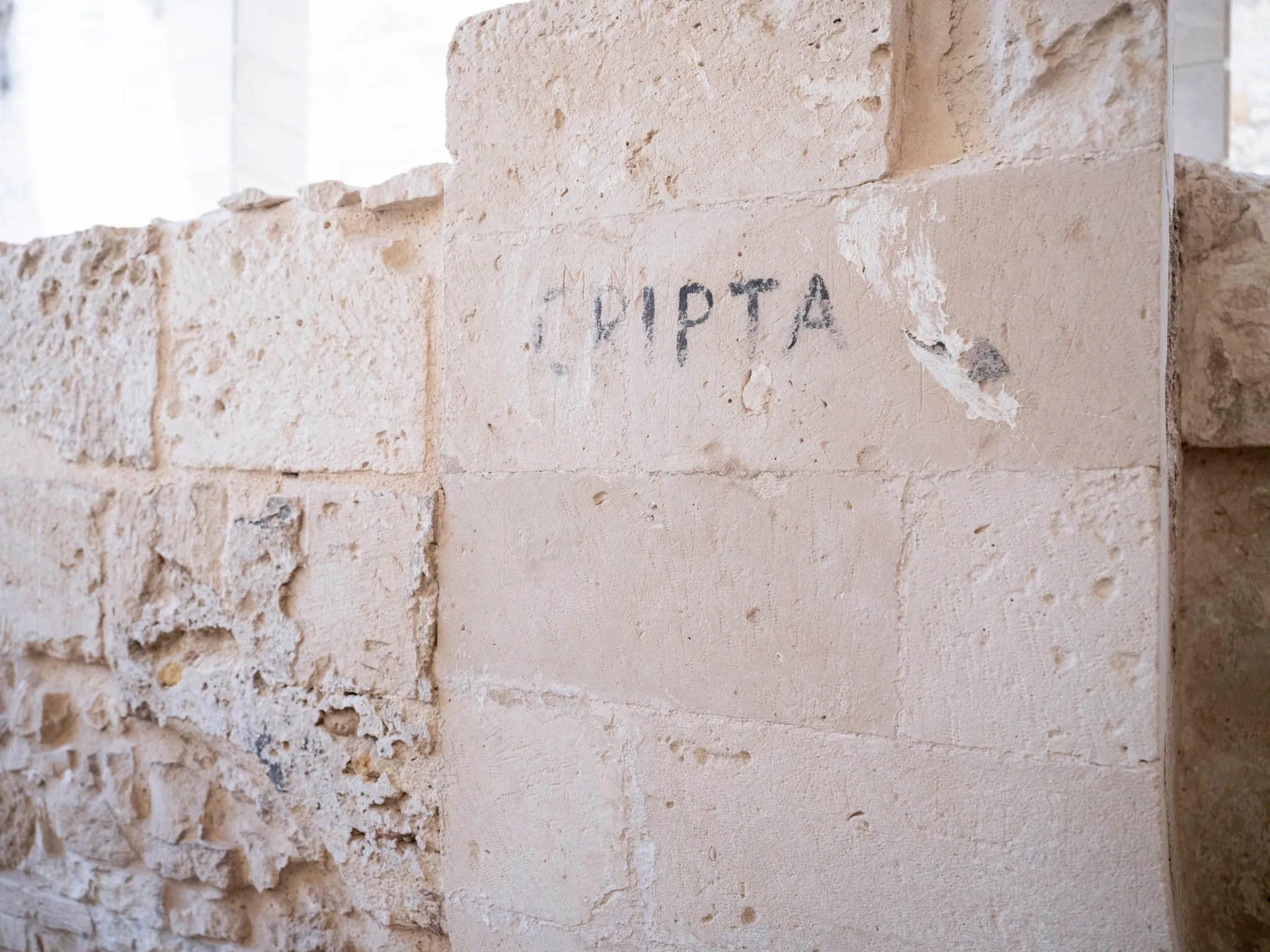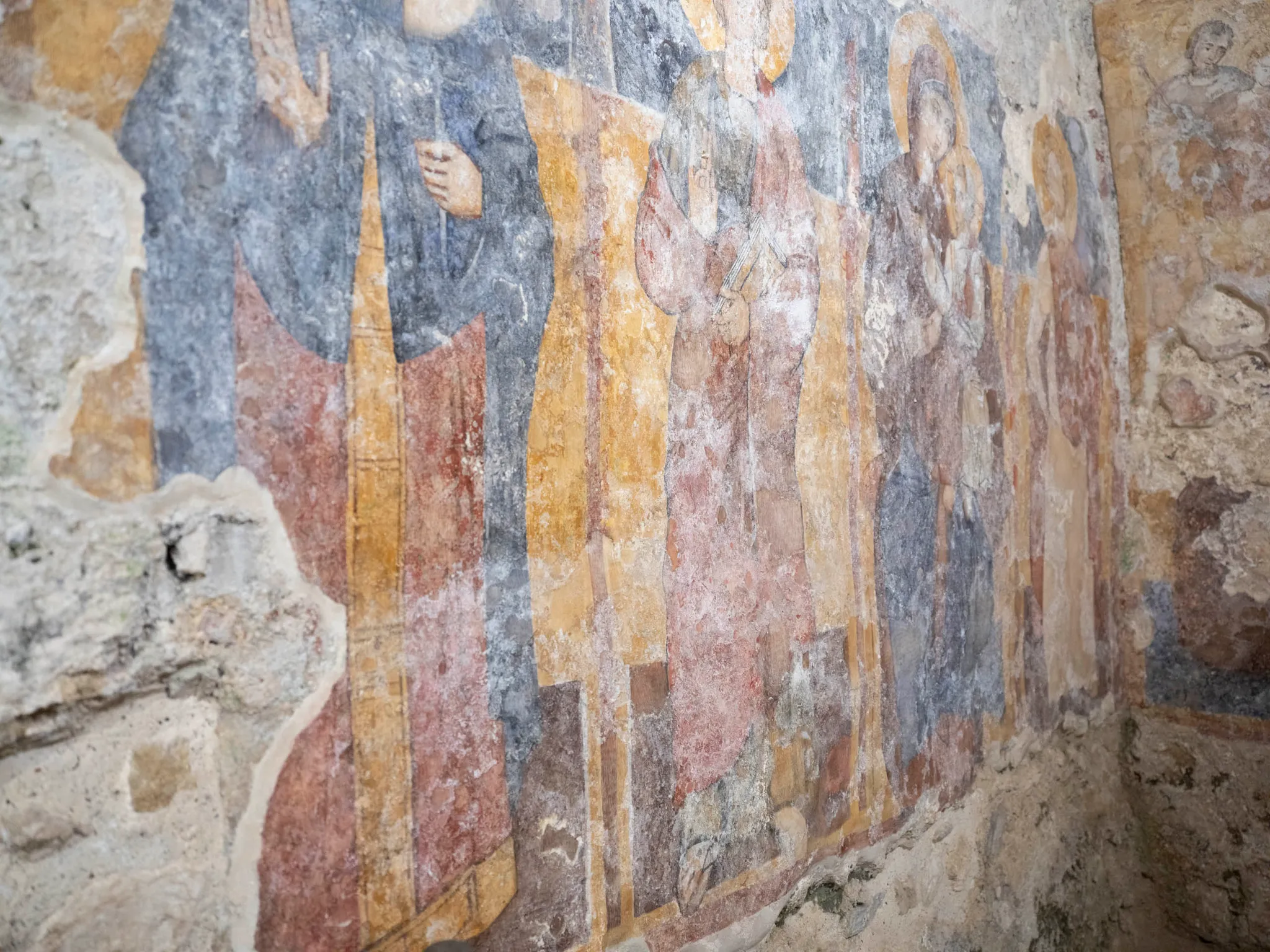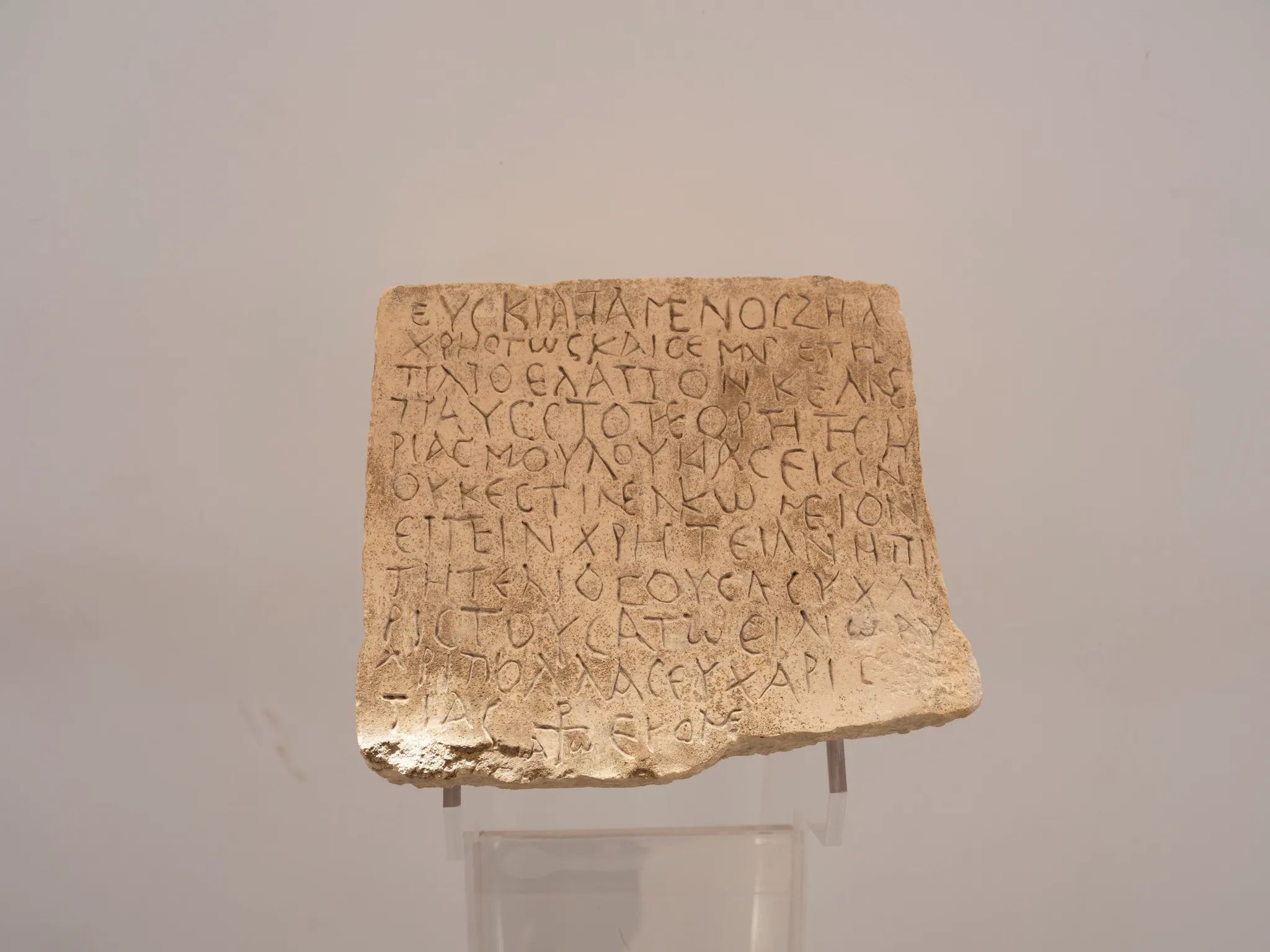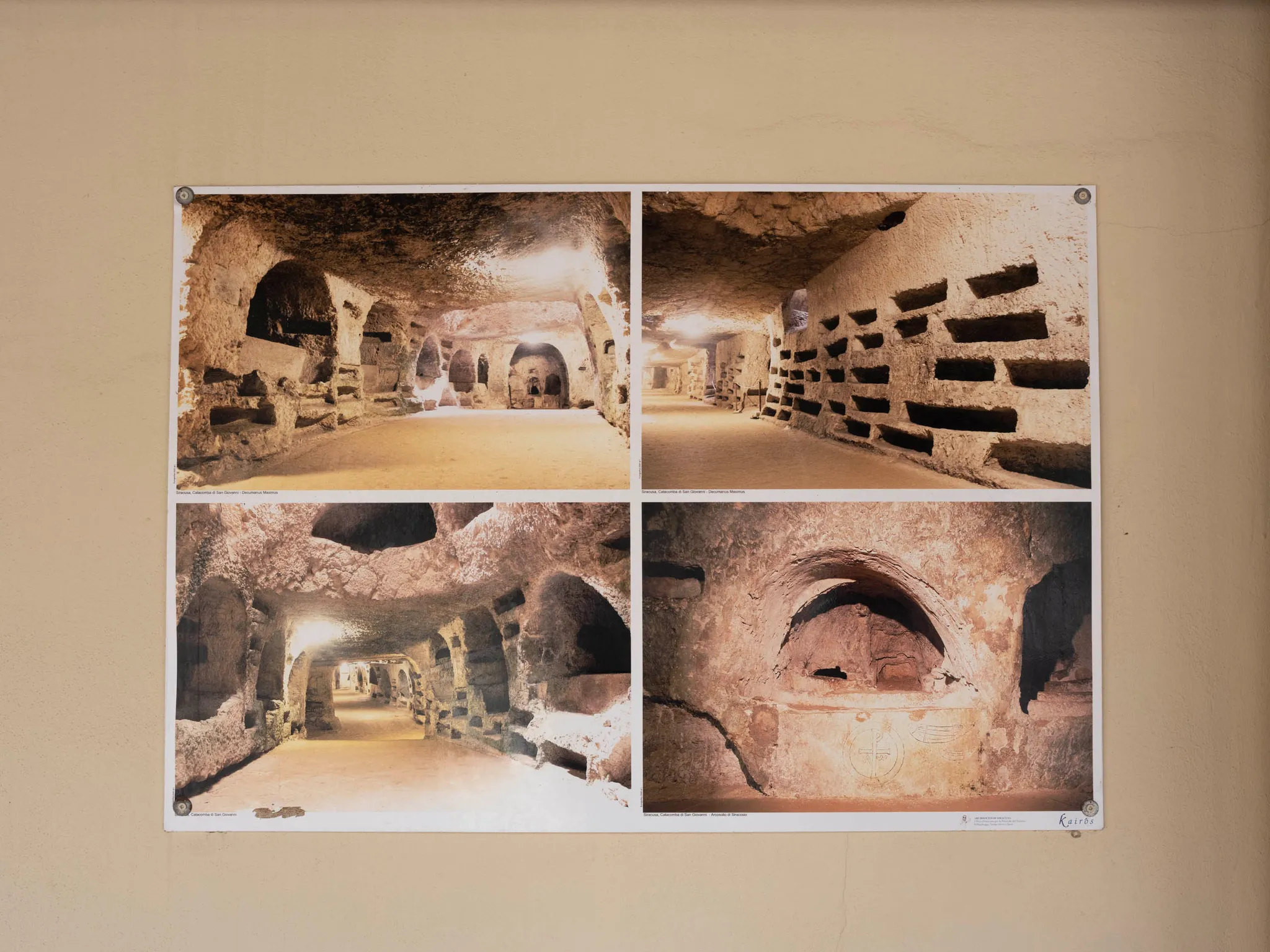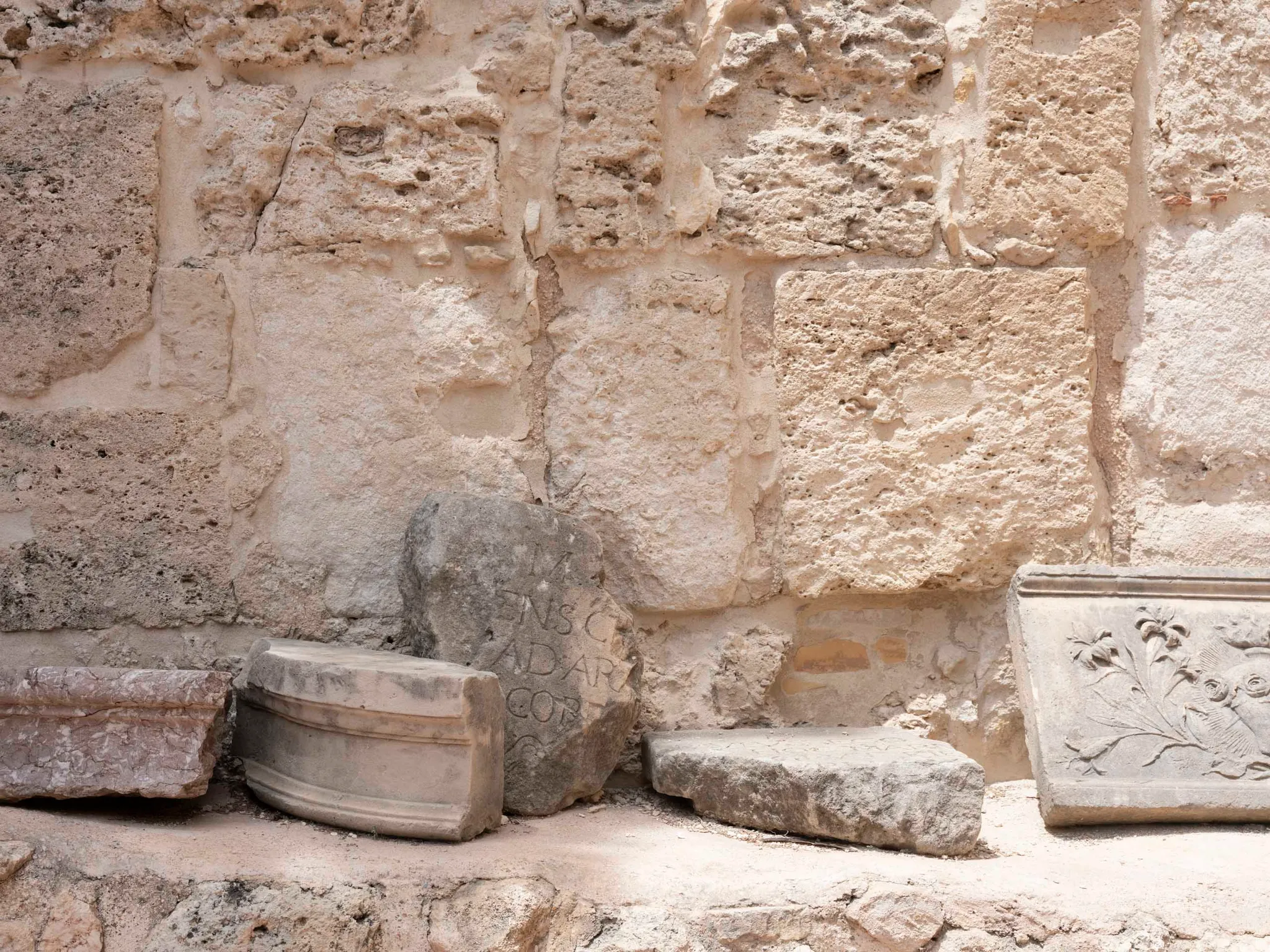The catacombs of Syracuse have always been a place of fascination, first of all because some of them were built by reusing the route of the aqueduct of the Greek city. With the arrival of the Christians, the cisterns took the form of sacred rotundas, intended to house the most prestigious marble tombs, now on display at the Paolo Orsi Archaeological Museum.
The size of the spaces is also surprising: only Rome can boast catacombs larger than those of Syracuse. A historic access to the best preserved sector is found under the church of San Giovanni Evangelista, destroyed by the earthquake of 1693, but both the architectural layout with three naves and the remains - rose window and arcades of the portico - are notable and date back to the fourteenth century. In the first space, the crypt of San Marciano, you can glimpse a place of worship from the sixth century, when the tomb of the first bishop of Syracuse was moved here and the walls began to be crowded with frescoes.
Entering the catacombs, you will have the sensation of having entered a gigantic underground city, full of tunnels, galleries and burial niches: there are thousands of them. The most frequently encountered burials are simple arcosolia, without any decoration; every now and then a short section of fresco appears, to indicate the importance of a family.
